
PUMPA - SMART LEARNING
எங்கள் ஆசிரியர்களுடன் 1-ஆன்-1 ஆலோசனை நேரத்தைப் பெறுங்கள். டாப்பர் ஆவதற்கு நாங்கள் பயிற்சி அளிப்போம்
Book Free DemoThe other types of vegetative reproductions are fragmentation, fission (binary fission), budding and regeneration.
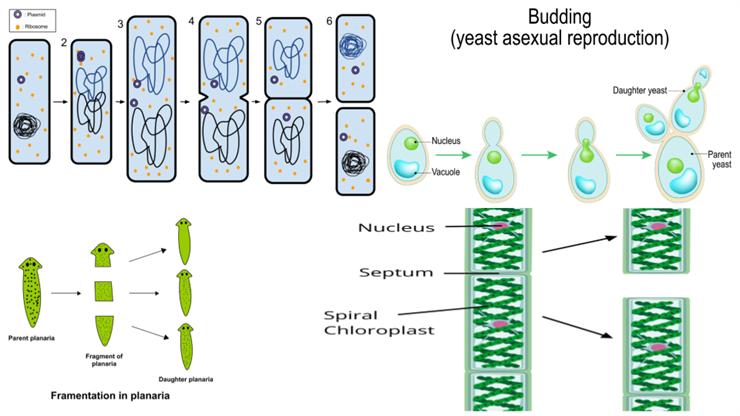
Types of asexual reproduction: Clockwise from top left: Binary fission, Budding, Regeneration, and Fragmentation
Fragmentation:
The breaking of the filaments of filamentous algae into many fragments is known as fragmentation.
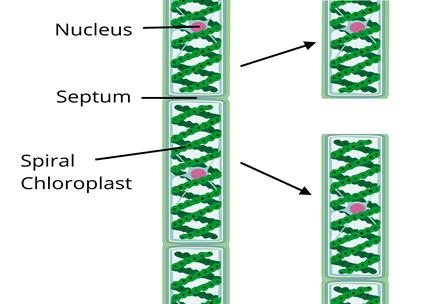
Fragmentation in spirogyra
Fission:
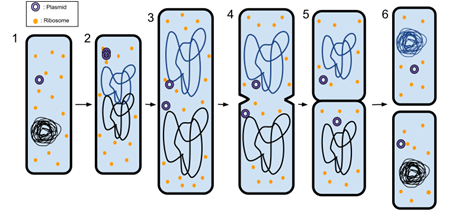
Binary fission
In this mode of reproduction, the parent cell divides into two daughter cells, and each cell develops into a new adult organism.
It is seen in organisms like amoeba and bacteria.
Budding:
In this process, a daughter individual is formed from a small bulb-like projection on the parent body called a bud. The bud detaches from the parent body and forms a new daughter cell.
It is seen in organisms such as Yeast and Hydra.
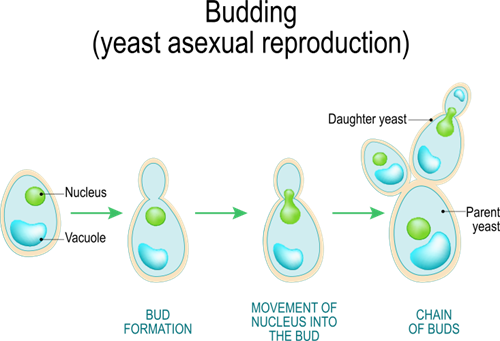
Budding in Yeast
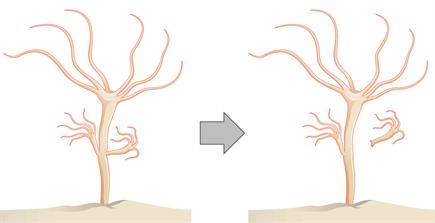
Budding in hydra
Regeneration:
The ability of an individual organism's lost bodily components to regenerate into a whole new organism is known as regeneration.
It is observed in organisms such as Hydraand Planaria.
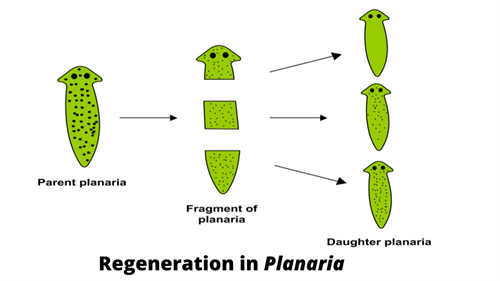
Reference:
https://commons.wikimedia.org/wiki/File:Binary_Fission_2.svg
https://commons.wikimedia.org/wiki/File:Figure_43_01_02.jpg